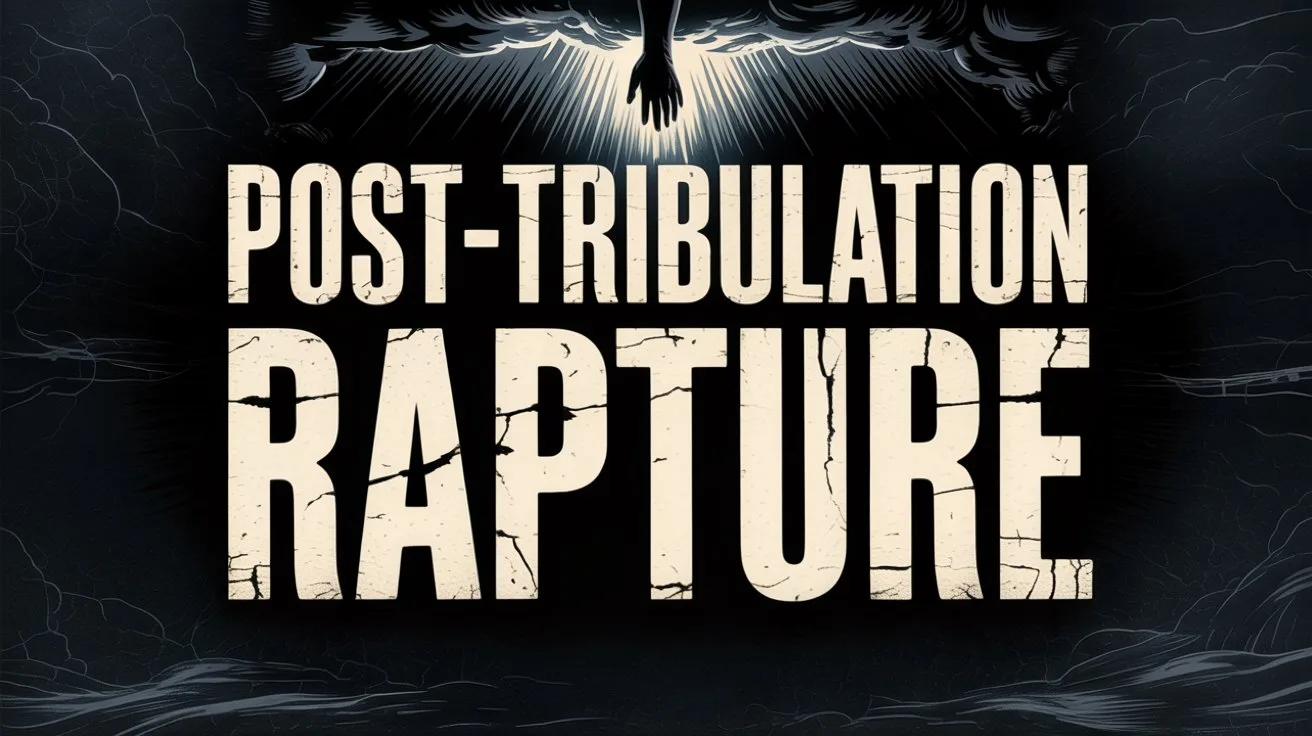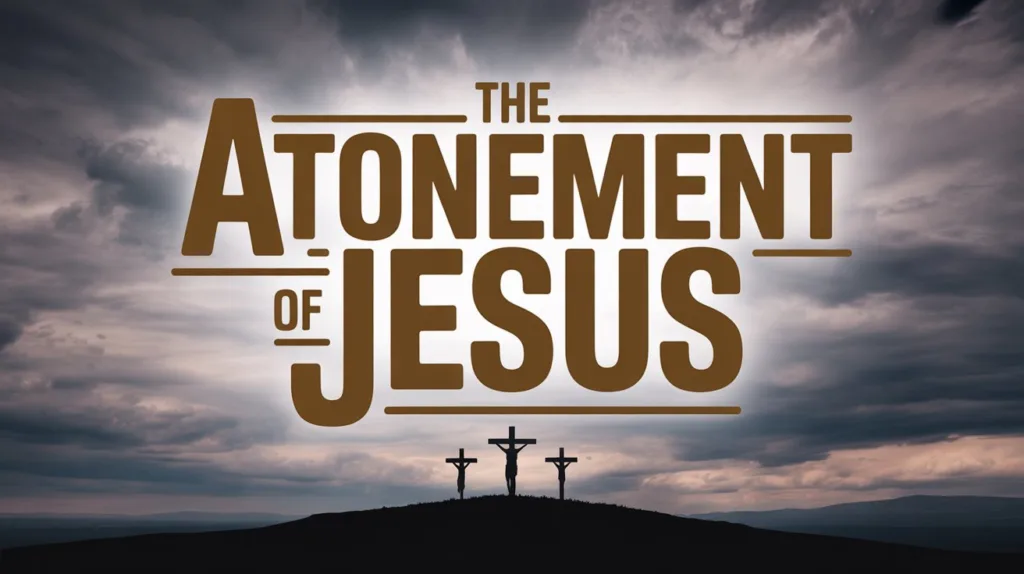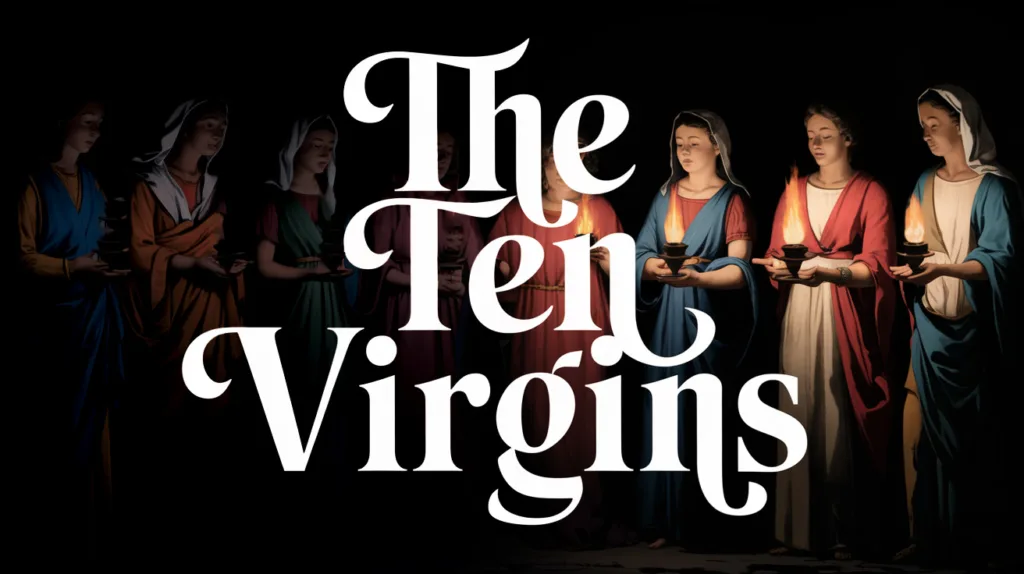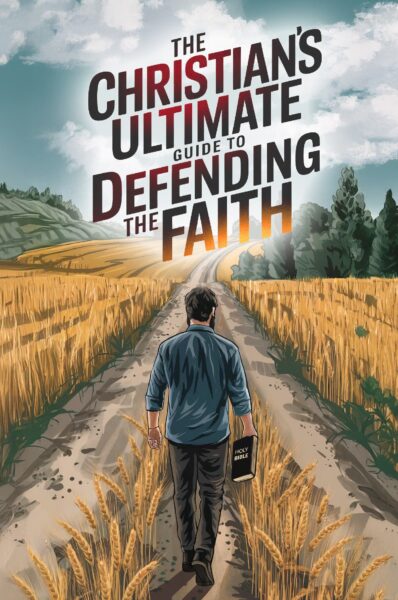The Word of God, taken literally, establishes a clear prophetic order that renders the post-tribulation rapture untenable. If we rightly divide the Word and do not spiritualize what is plainly stated, the return of Christ for His Church must come before the wrath of God is poured out on this earth. Any other view creates contradictions, undermines the doctrine of imminence, and erases the distinction between Israel and the Church. In this study, we will walk through the Scriptures to show why a post-tribulation rapture is not possible when the Bible is accepted as it is written.
The Church Is Not Appointed to Wrath
Paul’s words to the Thessalonians must be the first place we start:
“For God did not appoint us to wrath, but to obtain salvation through our Lord Jesus Christ” (1 Thessalonians 5:9).
The Tribulation period is the outpouring of God’s wrath. It begins in Revelation 6 with the Lamb opening the seals, and continues through the trumpets and bowls. This is not Satan’s wrath or man’s wrath, it is God’s. The Church is explicitly told we are not appointed to that wrath. If the rapture comes after the Tribulation, this promise becomes meaningless.
The Time of Jacob’s Trouble
The Tribulation is never described as the Church’s trouble; it is Jacob’s. The angel Gabriel told Daniel,
“Seventy weeks are determined for your people and for your holy city…” (Daniel 9:24).
This prophecy concerns Israel, not the Church. And Jeremiah declares,
“Alas! For that day is great, so that none is like it; and it is the time of Jacob’s trouble, but he shall be saved out of it.” (Jeremiah 30:7).
The Church was a mystery hidden in times past (Ephesians 3:5). It does not appear in Old Testament prophecy, and it does not belong in a time frame clearly designated for Israel. The post-tribulation view confuses this distinction and inserts the Church into a program not designed for her.
The Doctrine of Imminence
The early Church lived in constant expectation of Christ’s return. Paul tells Titus,
“looking for the blessed hope and glorious appearing of our great God and Savior Jesus Christ” (Titus 2:13).
If the rapture comes after the Tribulation, that “blessed hope” becomes the hope of surviving wrath. Jesus told His disciples,
“But of that day and hour no one knows, not even the angels of heaven, but My Father only” (Matthew 24:36).
But if the Church goes through the Tribulation, we could know the exact day. Revelation gives us a detailed timeline of events from the midpoint abomination to the Second Coming. This removes all sense of surprise or imminence. A literal reading does not allow that.
The Absence of the Church in Revelation
The Church is mentioned repeatedly in Revelation chapters 2 and 3. But once John is told,
“Come up here, and I will show you things which must take place after this” (Revelation 4:1),
…the Church disappears from the narrative. From Revelation 4 to 18 (the entire description of the Tribulation), the Church is not on earth. Then in chapter 19, she returns:
“And the armies in heaven, clothed in fine linen, white and clean, followed Him on white horses” (Revelation 19:14).
Just a few verses earlier, it says,
“His wife has made herself ready… the fine linen is the righteous acts of the saints” (Revelation 19:7-8).
The Church is not awaiting rescue at the end of the Tribulation; she is already with the Lord, clothed in white, returning as His bride.
The Resurrection Problem
The rapture includes a resurrection. Paul says,
“The dead in Christ will rise first. Then we who are alive and remain shall be caught up” (1 Thessalonians 4:16–17).
But in Revelation, there is another resurrection,
“And they lived and reigned with Christ for a thousand years… This is the first resurrection” (Revelation 20:4–5).
That resurrection is of Tribulation martyrs, not the Church. The term “first resurrection” is not about order of timing, but about category: resurrection unto life. The Church’s resurrection must happen earlier to allow for the reward and return scenes in chapter 19. A post-trib rapture collapses these events into one, which Scripture never does.
Who Enters the Millennium in Mortal Bodies?
This is a fatal problem for post-tribulation theology. Jesus said,
“For in the resurrection they neither marry nor are given in marriage” (Matthew 22:30).
Glorified saints do not reproduce. But in the Millennial Kingdom, we see children born (Isaiah 65:20). So who are these people? Only a pre-tribulation rapture allows for believing survivors of the Tribulation to enter the Kingdom in mortal bodies. A post-trib view glorifies all believers, leaving no one to fulfill those prophecies.
My Final Thoughts
The post-tribulation rapture cannot stand under the weight of literal Scripture. It erases imminence, contradicts God’s promises to His Church, conflates Israel and the Church, confuses the resurrection sequence, and leaves the Millennial Kingdom prophetically empty. The Word is clear: the Church is removed before wrath falls. Jesus is coming soon. Not after, but before the storm. We are to comfort one another with this hope.
“Therefore comfort one another with these words” (1 Thessalonians 4:18).





 Get the book that teaches you how to evangelize and disarm doctrines from every single major cult group today.
Get the book that teaches you how to evangelize and disarm doctrines from every single major cult group today.